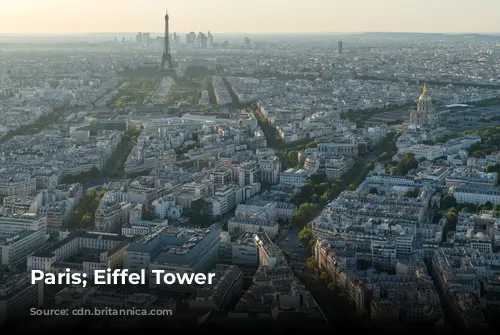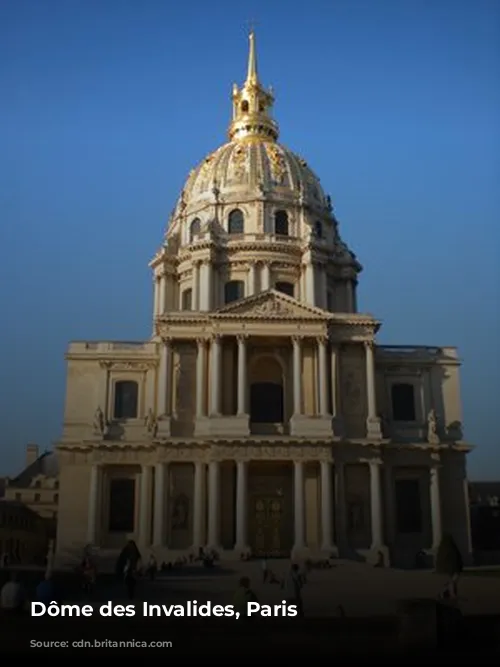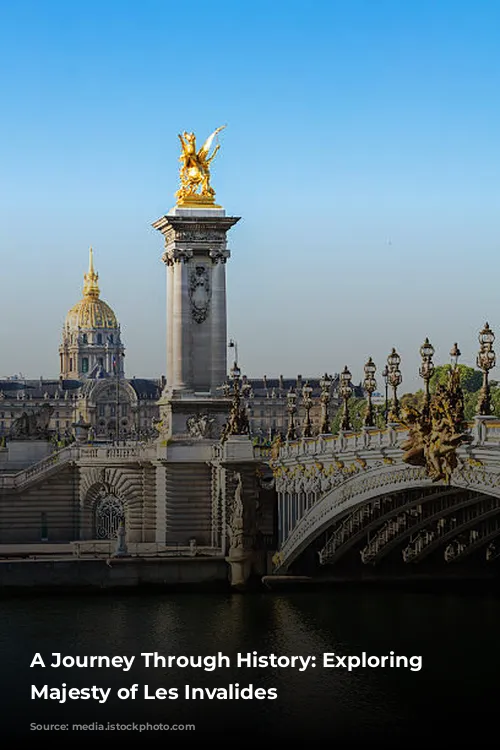Les Invalides, a sprawling complex of 17th-century buildings and courtyards in the heart of Paris, holds a captivating history. Built as a haven for disabled veterans and a place of religious reflection, this architectural masterpiece has witnessed centuries of change, evolving into a multifaceted site that embraces history, art, and military heritage.
A Legacy of Gratitude and Architectural Brilliance
King Louis XIV, recognizing the valor of his soldiers, commissioned the construction of Les Invalides in 1671. The initial phase of the project, completed in 1676, was entrusted to the architect Libéral Bruant, who meticulously designed the buildings dedicated to the care of veterans. However, the design of the church, a vital component of the complex, proved to be a challenge. Bruant’s initial vision evolved into the Église des Soldats (Soldiers’ Chapel), a poignant space adorned with enemy banners captured by French forces.
The grandiose Dome Church (Église du Dôme), a stunning testament to architectural grandeur, was added in 1675 under the direction of Jules Hardouin-Mansart, renowned for his work on the Palace of Versailles. This majestic structure, its exterior adorned with gold leaf and interior graced by a fresco by Charles de La Fosse, depicts the King Saint Louis IX presenting his sword to Christ.
The Soldiers’ Chapel and the Dome Church, connected by an oval sanctuary, stand as a symbol of the French spirit, dedicated to the memory of Louis IX, a revered soldier-king.

A Repository of Military History and National Pride
The tumultuous events of the French Revolution left their mark on Les Invalides. The Hôtel des Invalides, the complex’s administrative hub, was raided in 1789, its arms and cannons used by the revolutionary mob that stormed the Bastille.
The Dome Church, a symbol of national pride, became the final resting place for Napoleon Bonaparte. In 1861, a red porphyry sarcophagus, designed by Louis-Tullius-Joachim Visconti, was placed within the crypt of the Dome Church. Surrounding the sarcophagus lie five nested coffins containing the remains of the Emperor himself, adding an air of mystery and reverence to the space.
Beyond Napoleon’s tomb, the Dome Church houses the final resting places of Napoleon II, his brothers Joseph and Jérôme Bonaparte, and several marshals and generals, a testament to the complex’s enduring role as a repository of French military history.

A Living Monument: A Fusion of History and Modernity
Today, Les Invalides continues to serve as a military hospital, a place of worship, and the headquarters of the military governor of Paris. Visitors can also explore the Army Museum (Musée de l’Armée), an expansive collection of arms, armor, paintings, and military decorations, spanning the entirety of French history.
Smaller collections like the Musée de l’Ordre de la Libération, dedicated to World War II heroes, and the Musée des Plans-Reliefs, showcasing detailed relief models of fortified cities, further enhance the complex’s rich narrative.
Les Invalides stands as a remarkable example of French architectural and historical prowess, a site where the echoes of the past blend seamlessly with the demands of the present. From its beginnings as a sanctuary for wounded soldiers to its current multifaceted role, Les Invalides continues to be a testament to France’s enduring spirit and its proud military heritage.










